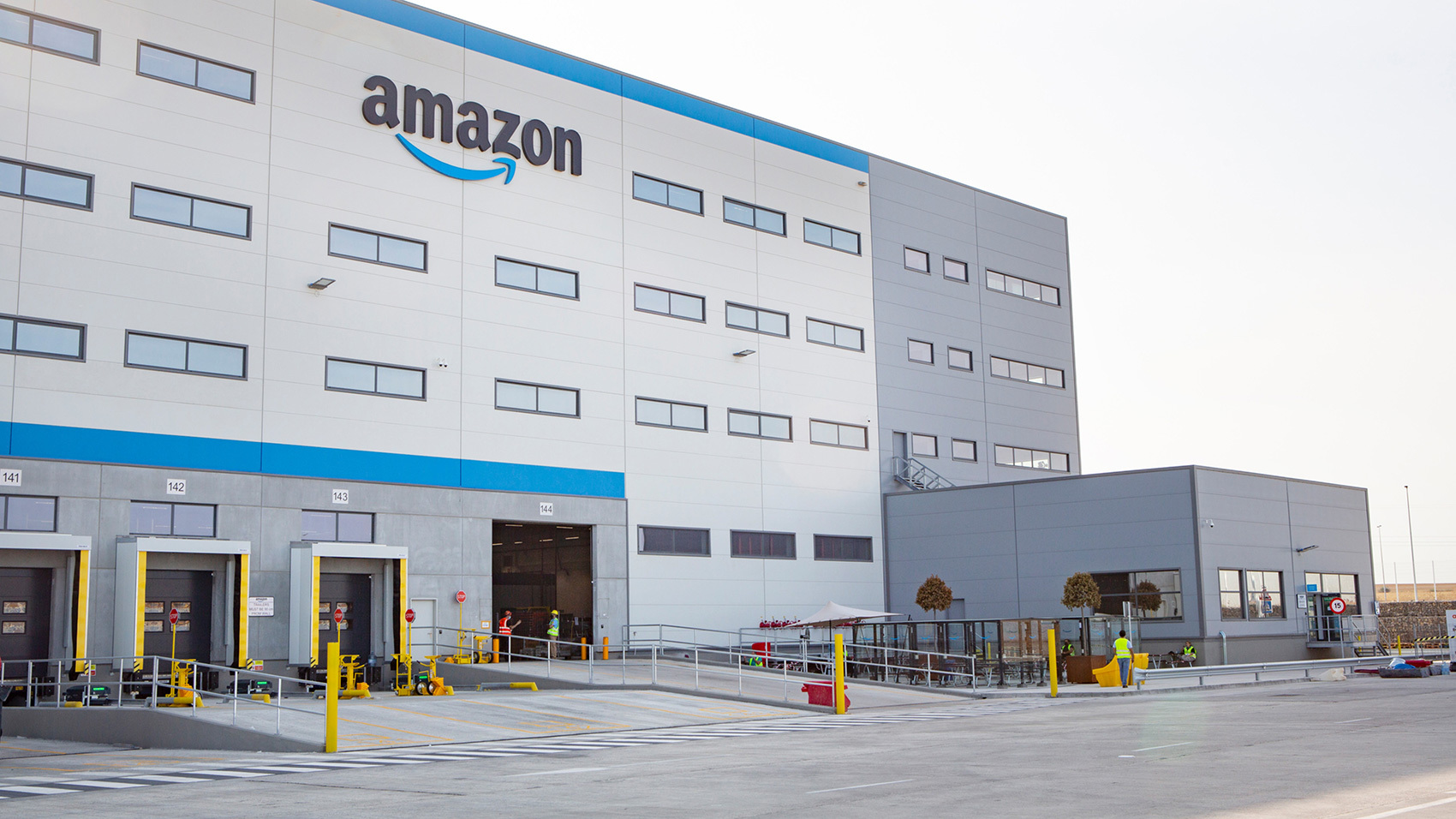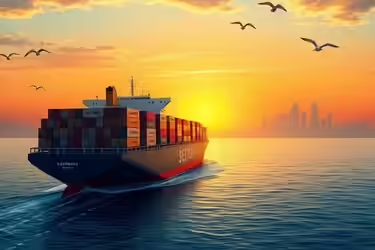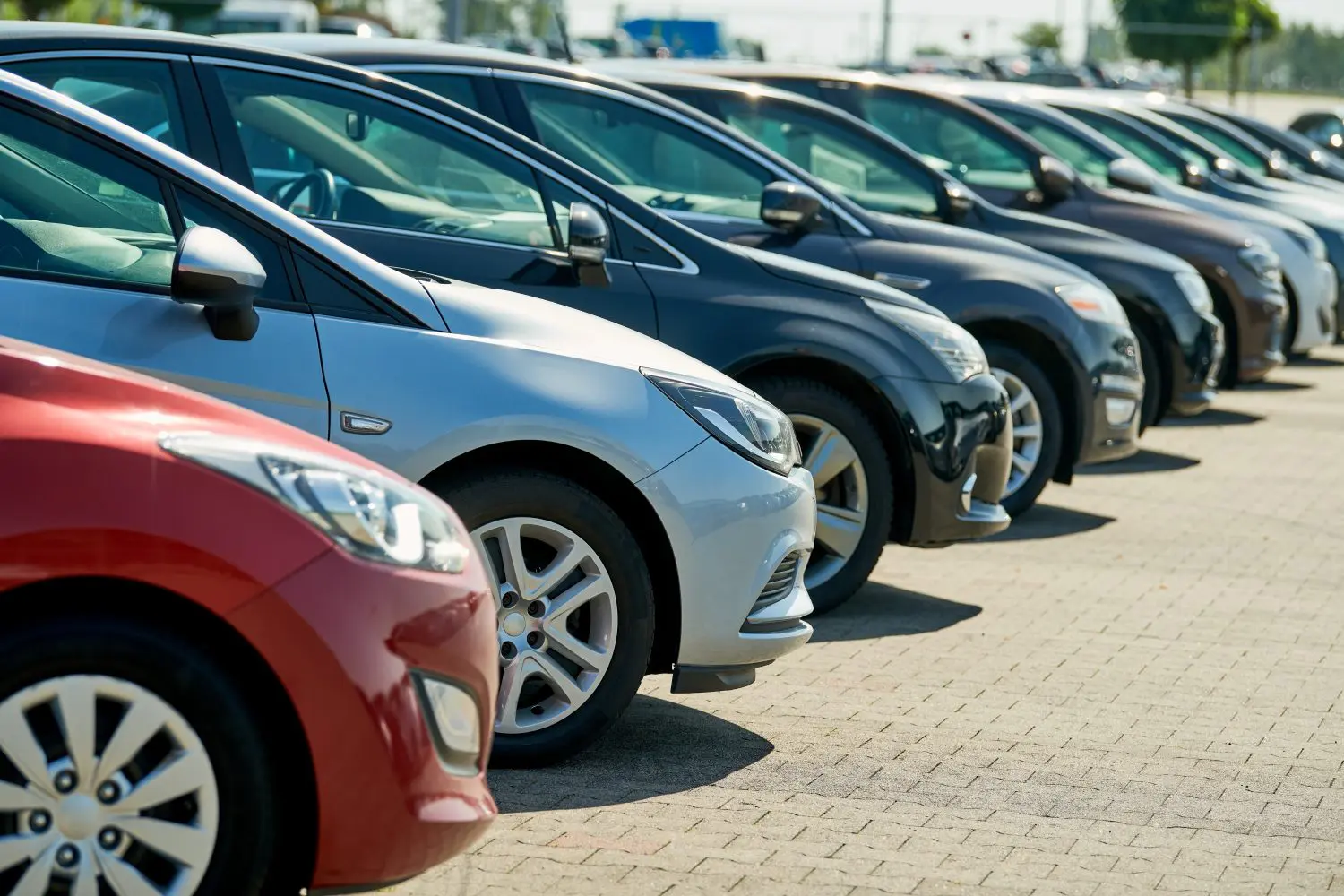and Reliance Retail are expanding automated warehouses.
🚚
Quick commerce: Zepto, Blinkit, and Swiggy Instamart require ultra-fast fulfillment centers.
⚡
Labor shortages & rising costs: Robotics optimize efficiency and reduce errors.
🌍
Government incentives: PLI schemes support AI, robotics, and supply chain digitalization.
Let’s explore the key technologies shaping the future of warehouse automation in India.
1. Robotics & Autonomous Mobile Robots (AMRs)
How Robotics is Transforming Warehousing?
Traditionally, warehouses in India relied on manual labor for picking, packing, and sorting. However, as order volumes increase, human workers struggle to keep up with accuracy and speed requirements. This is where Robotics and Autonomous Mobile Robots (AMRs) come into play.
🤖 AMRs navigate warehouse floors autonomously, picking and transporting goods efficiently.
🏭 Automated robotic arms reduce dependency on manual sorting and improve accuracy.
✅ Case Study: Amazon India’s Robotic Fulfillment Centers
- Amazon introduced robotic sorting arms & autonomous conveyor belts to streamline order fulfillment.
- AI-driven robots pick, sort, and transport inventory, cutting processing time by 50%.
- Amazon’s Manesar and Bengaluru fulfillment centers use robotics to handle peak-season loads efficiently.
🔹 Indian Robotics Startups Leading the Change:
- GreyOrange: AI-powered warehouse robotics startup based in India.
- Addverb Technologies: Robotics company automating major fulfillment centers.
2. AI & Machine Learning for Demand Forecasting
Why is AI Essential for Warehouses?
The ability to predict demand fluctuations is crucial for managing inventory efficiently. AI-powered analytics help warehouses optimize inventory distribution, prevent stockouts, and reduce overstocking.
💡 AI-powered demand forecasting minimizes waste and ensures faster deliveries.
📊 Real-time data analytics enables better decision-making on inventory placement.
✅ Case Study: Flipkart’s AI-Driven Inventory Optimization
- Flipkart uses AI-powered predictive analytics to optimize inventory across India.
- AI helps in forecasting seasonal demand surges (Diwali, Big Billion Days).
- The system reallocates inventory dynamically across fulfillment centers to reduce stockouts and delays.
🔹 AI’s Role in Indian Warehousing:
- Faster processing for quick commerce (Zepto, Blinkit, Dunzo).
- AI-driven route optimization for same-day deliveries.
- Retail & FMCG sectors benefit from AI-based demand prediction models.
3. Automated Storage & Retrieval Systems (AS/RS)
What is AS/RS & How Does It Work?
Automated Storage & Retrieval Systems (AS/RS) replace manual inventory stacking with robotic shelving and retrieval solutions. These systems:
🏢 Reduce space requirements by using vertical storage.
⚙️ Improve picking accuracy with robotic picking arms.
🚀 Increase warehouse speed by automating inventory movement.
✅ Case Study: Reliance Retail’s Smart Warehousing
- Reliance Retail has automated storage and retrieval systems to improve inventory handling.
- AS/RS robots retrieve goods 3x faster than manual systems, reducing order fulfillment time.
- Smart warehousing helps Reliance quickly replenish stores across India.
🔹 Impact in India:
- Enables smaller fulfillment centers in metro areas for quick deliveries.
- Reduces human error in stock handling and minimizes wastage.
4. Internet of Things (IoT) & Real-Time Tracking
How IoT Enhances Warehouse Visibility?
The Internet of Things (IoT) enables real-time tracking of inventory, warehouse temperature, and supply chain movements.
🛰️ IoT sensors track shipments & monitor storage conditions.
🚛 RFID-enabled inventory tracking improves warehouse accuracy.
❄️ Cold storage logistics benefit from temperature-controlled IoT monitoring.
✅ Case Study: DHL’s Smart Warehouses in India
- DHL has implemented IoT sensors and real-time tracking in their Indian fulfillment centers.
- The system tracks temperature-sensitive goods, ensuring compliance in pharmaceutical & food supply chains.
- RFID tagging speeds up inventory audits, reducing human errors.
🔹 IoT Use Cases in Indian Warehousing:
- Real-time shipment tracking for e-commerce giants.
- Cold storage IoT solutions for vaccine distribution (Serum Institute of India).
Government Policies & Investments in Warehouse Automation
📜 PLI Scheme for Robotics & AI – Government incentives for automation in logistics & warehousing.
📜 National Logistics Policy 2022 – Focus on smart warehouses & digital transformation.
📜 Make in India Initiative – Supports local AI & robotics startups in warehouse automation.
Challenges & Future Roadmap for Warehouse Automation in India
Key Challenges
🚧 High Initial Investment – Warehouse automation is expensive but pays off long-term.
🚧 Skilled Workforce Shortage – Need for AI, robotics, and IoT training programs.
🚧 Data Security Risks – Cybersecurity measures are essential for AI-driven fulfillment centers.
Future Trends
✅ AI-driven micro-fulfillment centers expanding to Tier-2 & Tier-3 cities.
✅ Drones for inter-warehouse logistics (Amazon Prime Air, Swiggy Drone Delivery trials).
✅ Blockchain for supply chain transparency & fraud prevention.
Conclusion
Warehouse automation is revolutionizing India’s supply chain, making fulfillment centers faster, smarter, and more efficient. Companies that invest in AI, robotics, and smart warehousing solutions will dominate the future of e-commerce, retail, and logistics.
.png)
.png)







